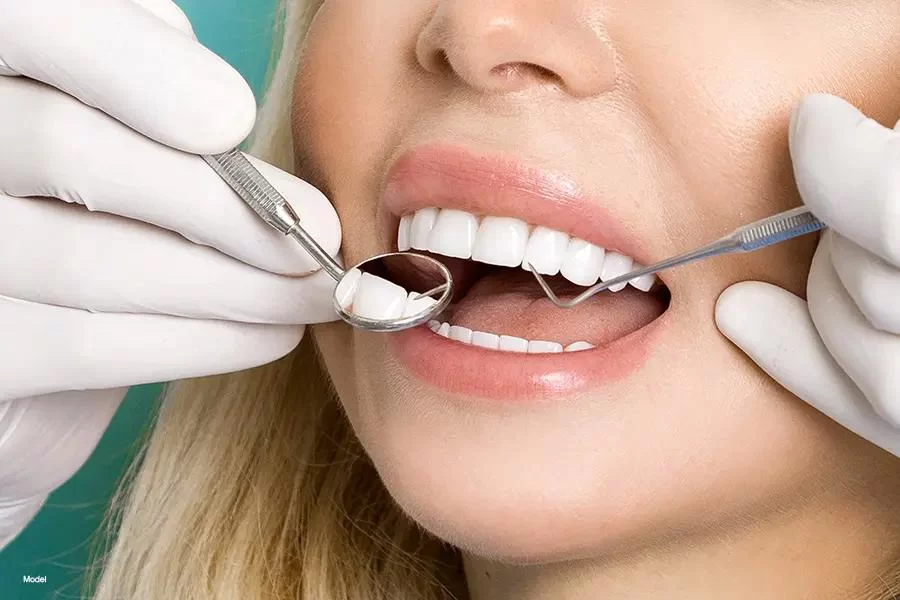
Does Dental Insurance Cover Veneers? A Complete Guide to Dental Veneer Insurance Coverage
- 1. Understanding Veneers
- 2. Does Dental Insurance Cover Veneers?
- 3. Types of Dental Insurance and Their Coverage for Veneers
- 4. Factors Affecting Coverage for Veneers
- 5. Costs of Veneers and Possible Alternatives
- 6. Real-Life Examples and Case Studies
- 7. How to Maximize Dental Insurance for Veneers
1. Understanding Veneers
Veneers are thin shells, usually made of porcelain or composite resin, that are placed over the front surface of teeth to improve their appearance. They are commonly used to fix chips, stains, gaps, and misalignment. Veneers can transform your smile and boost your confidence, but they come at a cost. This is where dental insurance can come into play. Before diving into whether dental insurance covers veneers, let's explore how veneers work and why they are so popular in cosmetic dentistry.
2. Does Dental Insurance Cover Veneers?
The short answer is: it depends. Generally, dental insurance policies do not cover cosmetic procedures, and veneers are often classified as a cosmetic treatment. However, there are certain circumstances in which dental insurance might help cover the cost of veneers.
If veneers are deemed medically necessary, for example, if they are used to repair a broken or damaged tooth rather than for purely cosmetic reasons, then there’s a possibility that insurance could cover some or all of the cost. However, this is quite rare, and coverage can vary significantly between insurance providers and policies.
3. Types of Dental Insurance and Their Coverage for Veneers
Not all dental insurance plans are created equal. There are several types of dental insurance plans, each with different levels of coverage. Let’s break down some of the common types:
3.1. PPO (Preferred Provider Organization) Plans
PPO plans typically offer more flexibility when it comes to choosing dental care providers. However, most PPO plans do not cover veneers unless they are required for medical reasons. If you have a PPO plan, you may be able to get partial coverage for treatments like crowns, which might sometimes be considered for cases involving damaged teeth.
3.2. HMO (Health Maintenance Organization) Plans
HMO plans generally have more restrictive networks of dentists and may not cover veneers at all, except in specific cases of medical necessity. They often emphasize preventive care and may have lower monthly premiums, but cosmetic treatments are usually excluded.
3.3. Discount Plans
While discount dental plans don’t technically count as insurance, they can help you save on veneers by providing discounted rates at certain dental offices. These plans may be a good option if your main concern is affordability.
4. Factors Affecting Coverage for Veneers
Several factors can influence whether your dental insurance will cover veneers:
4.1. Medical Necessity
As mentioned earlier, if the veneers are necessary to fix a medical condition (such as repairing a fractured or severely decayed tooth), there is a better chance that insurance will contribute to the cost. However, this determination is up to your dentist and the insurance company.
4.2. Insurance Provider
Insurance providers have their own rules and policies regarding coverage for cosmetic procedures. Some might provide partial coverage, while others might exclude veneers altogether. It’s essential to read your policy or speak with a representative to understand the details of your coverage.
4.3. Plan Type
As mentioned earlier, PPO and HMO plans offer different levels of coverage, which can affect the extent to which veneers are covered. Even within these categories, individual plans may vary in what they cover.
5. Costs of Veneers and Possible Alternatives
Veneers can be a significant investment, with costs ranging from $800 to $2,500 per tooth. This price can vary based on factors like the material used, the dentist's experience, and your location. However, if you’re concerned about affordability, there are some alternatives to veneers that might be more covered by insurance:
5.1. Dental Crowns
Dental crowns are sometimes considered a more functional solution than veneers and may be covered by insurance if used to restore damaged teeth. Crowns can offer similar aesthetic benefits and could be a less expensive option if veneers are not covered.
5.2. Teeth Whitening
Teeth whitening is a less invasive cosmetic procedure that can improve the appearance of your smile. While whitening treatments are not typically covered by insurance, they are far less costly than veneers and may offer a less dramatic, but still noticeable, improvement.
6. Real-Life Examples and Case Studies
Let’s take a look at a couple of real-life cases to illustrate how dental insurance coverage works with veneers:
6.1. Sarah's Story: Partial Coverage
Sarah had a PPO dental plan and was interested in getting veneers to fix her chipped front teeth. Her dentist determined that the veneers were primarily cosmetic. Unfortunately, her insurance didn’t cover the treatment. However, Sarah was able to use her dental savings plan to help reduce the cost of the procedure by 20%, making it more affordable.
6.2. John’s Case: Medically Necessary Veneers
John, on the other hand, needed veneers because his tooth had been severely damaged in an accident. His dentist submitted documentation to his insurance provider, stating that the procedure was medically necessary. In this case, his insurance covered 50% of the total cost, which was a significant help in managing the expensive procedure.
7. How to Maximize Dental Insurance for Veneers
If you’re considering veneers but are concerned about insurance coverage, here are a few tips to maximize your benefits:
- Review your dental insurance policy carefully to understand what’s covered and what’s excluded.
- Consult with your dentist to see if there’s any possibility of categorizing the veneers as medically necessary.
- Consider using a dental discount plan to lower out-of-pocket expenses.
- Ask your dental office about financing options or payment plans to make the cost of veneers more manageable.
For more information about dental veneers and the latest dental insurance plans, visit Dentistry Toothtruth.







 Dr. Michael Silverman Dental P.C.4.0 (23 review)
Dr. Michael Silverman Dental P.C.4.0 (23 review) Lindenhurst Village Dental4.0 (46 review)
Lindenhurst Village Dental4.0 (46 review) Reve Orthodontics - Midtown Atlanta4.0 (258 review)
Reve Orthodontics - Midtown Atlanta4.0 (258 review) Isthmus Dental, Ltd4.0 (215 review)
Isthmus Dental, Ltd4.0 (215 review) Advanced Emerald Dentistry - Graham4.0 (156 review)
Advanced Emerald Dentistry - Graham4.0 (156 review) Chesterbrook Dental Associates5.0 (153 review)
Chesterbrook Dental Associates5.0 (153 review) The Importance of Oral Health Education During Pregnancy for a Healthy Pregnancy
The Importance of Oral Health Education During Pregnancy for a Healthy Pregnancy Best Tips for Brushing Your Teeth Properly for Healthy Gums: Essential Techniques for Oral Health
Best Tips for Brushing Your Teeth Properly for Healthy Gums: Essential Techniques for Oral Health Why Skipping Dental Checkups Can Lead to Bigger Oral Health Problems
Why Skipping Dental Checkups Can Lead to Bigger Oral Health Problems Advantages of Porcelain Dental Restorations
Advantages of Porcelain Dental Restorations How Can Diabetes Cause Tooth and Gum Problems? Preventing and Managing Oral Health Issues
How Can Diabetes Cause Tooth and Gum Problems? Preventing and Managing Oral Health Issues Healthy Habits for Promoting Good Oral Health and Hygiene: Tips for a Healthy Smile
Healthy Habits for Promoting Good Oral Health and Hygiene: Tips for a Healthy Smile